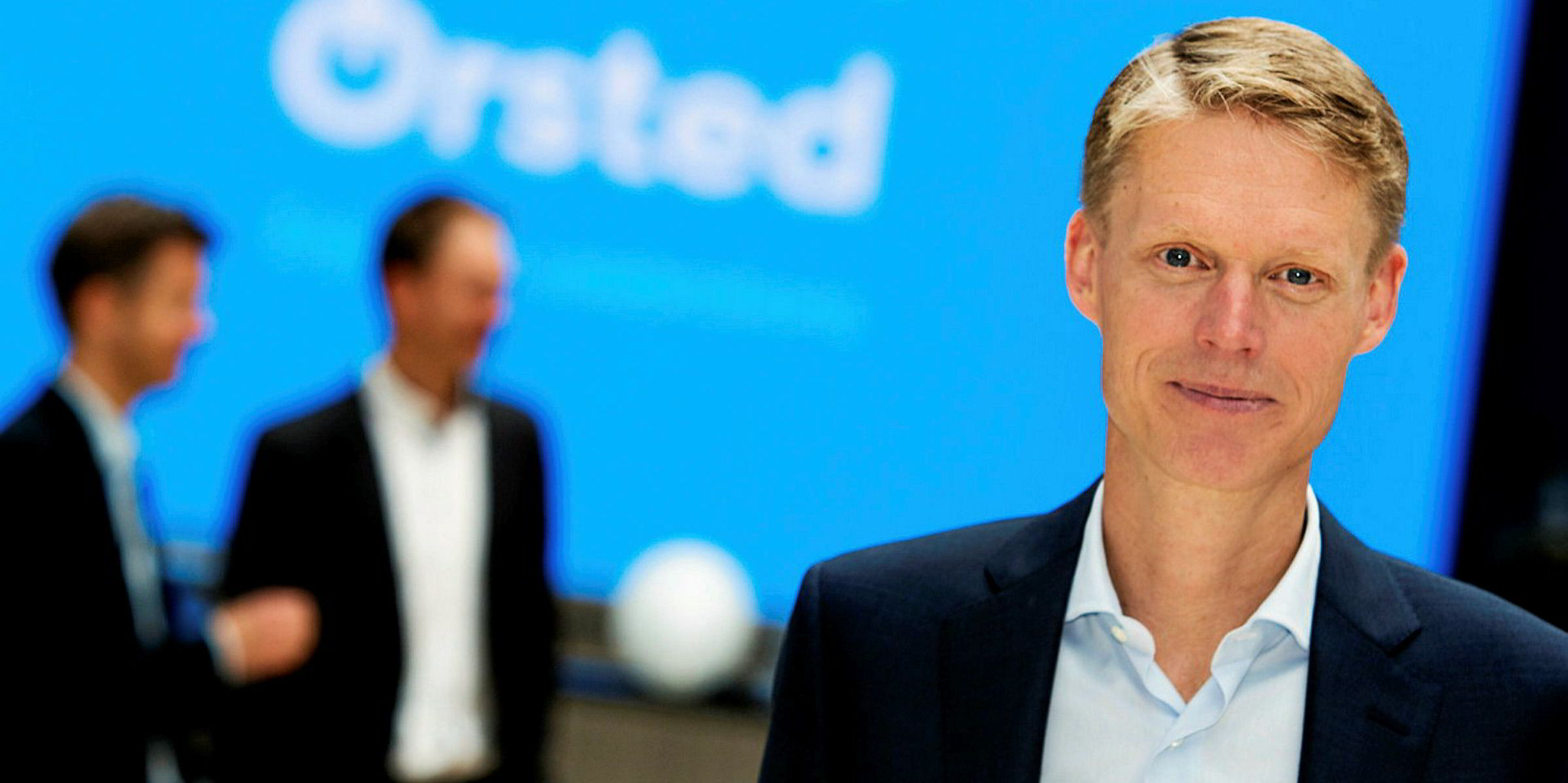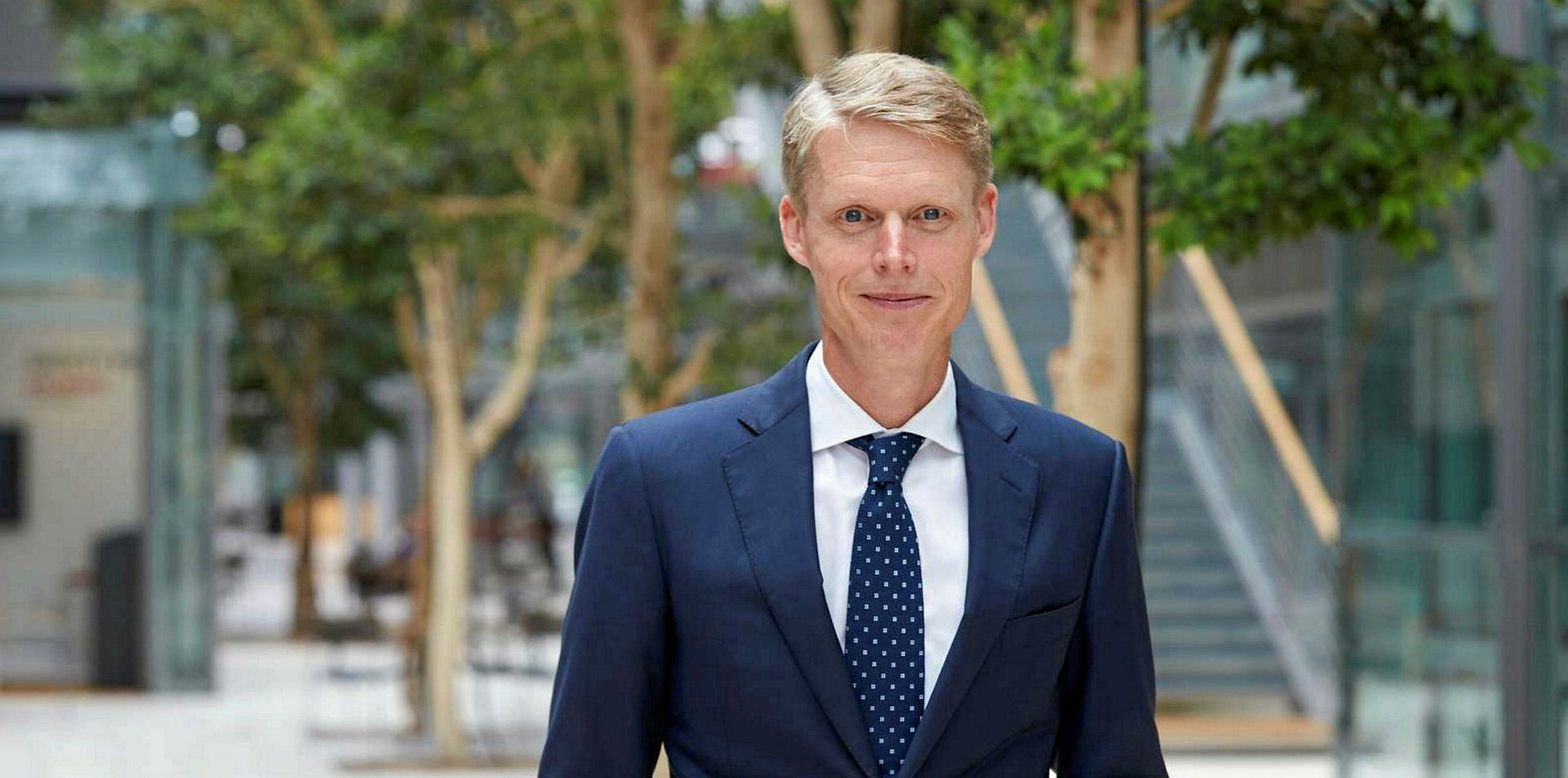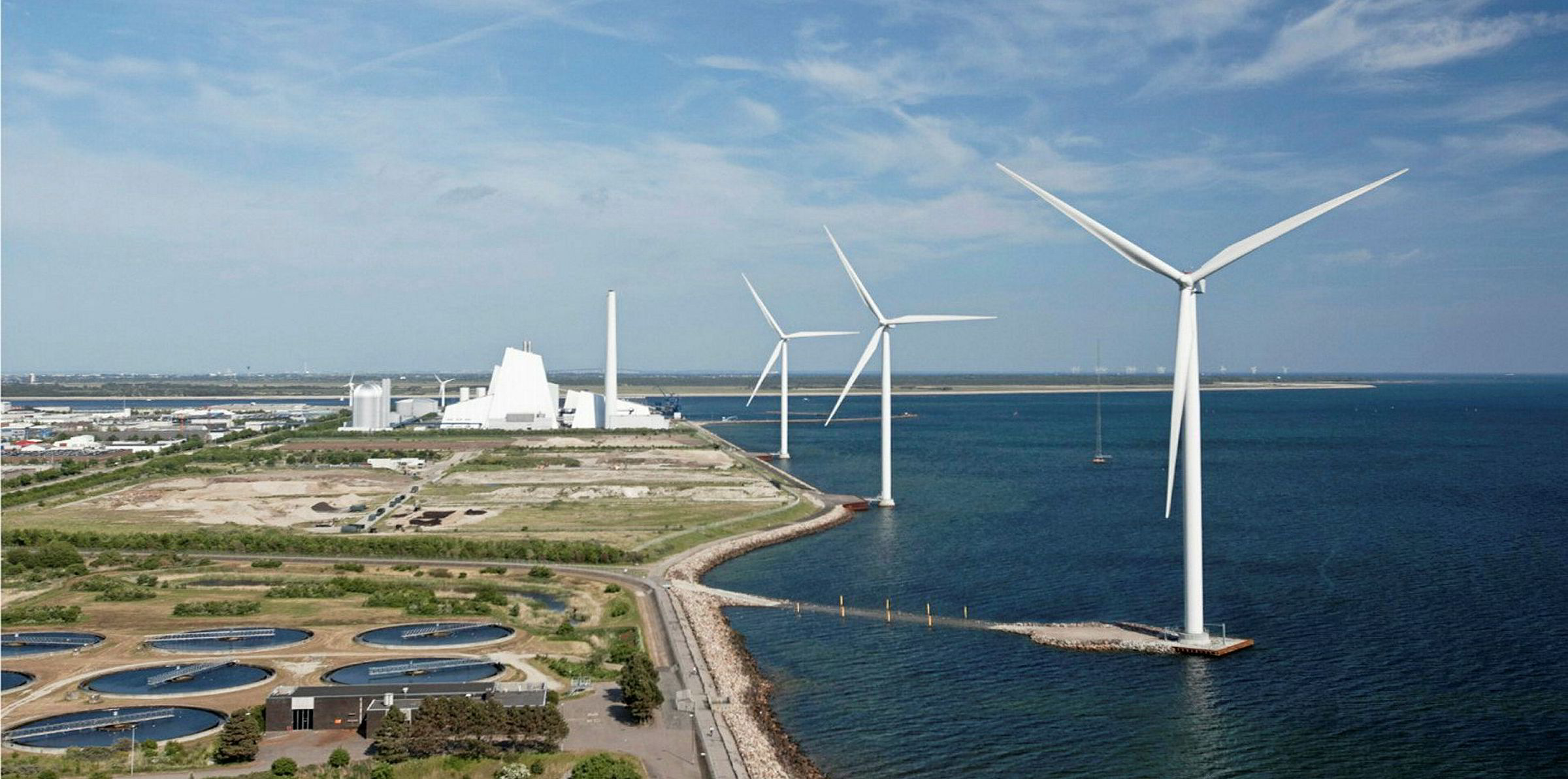Offshore wind market leader Ørsted after turning its own energy generation carbon neutral by 2025 aims to decarbonise its entire supply chain by 2040 – including turbine, foundation or cable manufacturing, and the fuelling of construction vessels – as anticipated by Recharge last week.
The ambitious move, which has wide-ranging consequences for the utility’s more than 22,000 suppliers, plans to cut emissions faster to limit global warming to 1.5°C as targeted under the Paris climate agreement.
"It'll be challenging to reach a carbon neutral footprint by 2040, and it'll require significant innovation in all parts of our supply chain," chief executive Henrik Poulsen said.
"Many of the green technologies to be used to decarbonise our supply chain exist but they're not yet cost competitive. With the 2040 target, we want to help drive the necessary innovation forward to mature the green technologies in the industries that supply to us."
As an interim step, Ørsted by 2032 wants to cut energy trading and supply chain emissions in half.
In its programme for a carbon neutral supply chain, the company will be engaging its strategic suppliers – which make up half of the company’s total procurement spending – in the most carbon-intensive categories of the supply chain - the manufacturing of wind turbines, foundations, substations and cables.
These are produced using steel, aluminium and copper, among other materials, which are energy intensive to extract and manufacture, Ørsted explains.
The second-largest source of supply chain emissions is the fossil fuels used by the maritime vessels that transport and install offshore wind components.
"Businesses will need to collaborate across supply chains to cut emissions at the pace and scale demanded by science. We now reach out to our industry-leading suppliers to join forces to accelerate the global green transformation," Poulsen said.
As part of the supplier engagement programme, the utility will ask strategic suppliers to:
- disclose their own emissions and set science-based carbon reduction targets
- use 100% renewable electricity in the manufacture of wind turbines, foundations, cables, substations and components
- optimise their current vessel fleet and develop a roadmap to power vessels with renewable energy.
Ørsted says its carbon emission reduction goals are approved by the non-profit Science-Based Targets initiative (SBTi).
By 2025, the company wants to phase out fossil fuels and install 20GW of renewable energy, while reducing carbon emissions by at least 98% when compared with 2006. Among measures to be taken, the company will switch its company car fleet to electric vehicles. Ørsted also said that by 2030, it targets to build more than 30GW of green energy.



